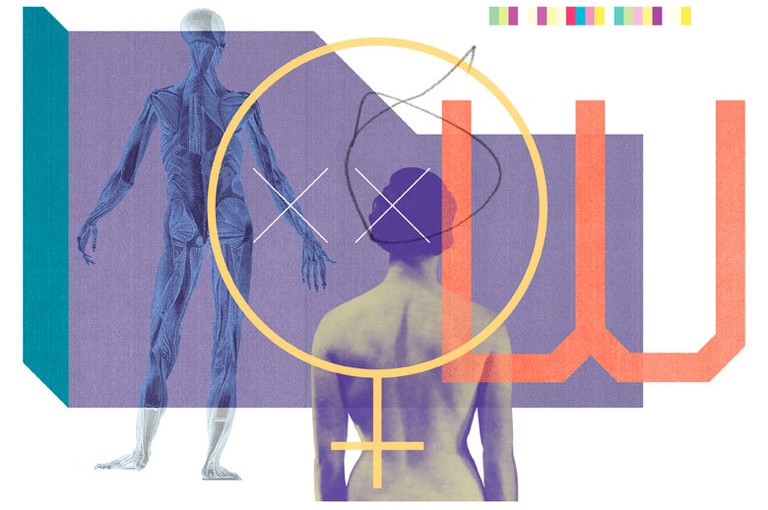By: Susan Gubar
“No thanks, I already have cancer,” I said to the radiologist. Since the magnified images of calcifications in my right breast looked neither obviously benign nor obviously malignant, he had just recommended a biopsy. Even after I explained that I have been dealing with advanced ovarian cancer since 2008, he must have judged me daft. But I was thinking: Who needs another?
Of course, my oncologist insisted that I go ahead. Afterward, I fulminated: If men had breasts, breast biopsies would be less ghastly. I realize I was floating the proposition as an “alternative fact” — in my case, a conviction fueled by infantile rage. My friend Alexandra, who accompanied me, waited until our return home to confide that she had fainted during her biopsy. “Very common,” a nurse informed her.
Breast biopsies come in several varieties. Mine was a stereotactic core needle biopsy. Beforehand, the doctors described what it would entail, but they failed to convey how grueling it would be.
I was positioned in a chair — the technician called it a “princess throne” — placed before a device that appeared exactly like ye olde mammogram machine. There I was prodded and repositioned — can you press in your chest, turn your head to the left, lower it, move your torso to the right? — while my admittedly small breast was laid out like a filet on a tray and then squeezed tight between two flat panels, first horizontally and then vertically. I was instructed to embrace the machine with my right arm and rest my chin on one of its ledges.
The contraption and I were more entangled than I had ever been with my nursing babies, while my sandwiched breast was penciled and I was told repeatedly to stop breathing for pictures. All this, before the biopsy began.
Extreme physical discomfort was punctuated by extreme gratitude for the technician, Kim. She explained that I would be numbed, that I should tell her if there was any sharp sensation so the doctors could increase the medication, that I would hear a “whish” like the jet into the eye during a glaucoma exam. It was essential to stay as still as possible. Placing a cloth beneath my chin, she was careful about the port implanted in my chest, just above my right breast. Beyond my line of vision, the two doctors started digging to extract bits from inside my body, as Kim placed her hand on my arm.
Neither my position nor the extractions would rate high on the pain scale, but the contorted immobilization over 45 minutes made me wary of my fortitude. When Kim left the room to check if samples of the calcifications had been retrieved, I said, “I don’t know if I can go on much longer.”
During my friend Alexandra’s biopsy, the technician returned at this point to ask for more tissue extractions — and that was when she fainted.
But in my case, the initial samples were O.K. and the biopsy done, except for a few “light mammograms” and the insertion of a titanium clip to mark the site for future scans. It was a relief when my breast was freed, the throne rolled away from the machinery and lowered to a reclining position.
As one of the doctors swabbed the wounded area to apply a bandage, I asked if I could help hold some gauze in place. But he rejected my offer, saying, “I’m sterile.” “Sorry to hear that,” I murmured as we all laughed in relief.
I spent the next day reading a depressing novel about depression. At least that is not my problem, I thought, ticking through a list of reasons to be optimistic. First, I take daily pills in a clinical trial that has kept my ovarian cancer at bay for three and a half years — surely they would help fend off other cancers, too. Second, lightning does not strike twice. Third, my mother died with her breasts. Fourth, I have avoided the color pink, except on days I need to show solidarity.
When the phone rang, it was a woman explaining that she had overseen the procedure, the results were in, and was this a good time to talk?
“Unfortunately…,” she began slowly. I reached for a notebook and scribbled “early cancer cells” and then “PCIS.” After hanging up, I Googled. She must have said “D.C.I.S.”: ductal carcinoma in situ, which some consider a noninvasive form of breast cancer and others argue should not even be called cancer.
To read this entire article on The Clearity Portal, please click here.


